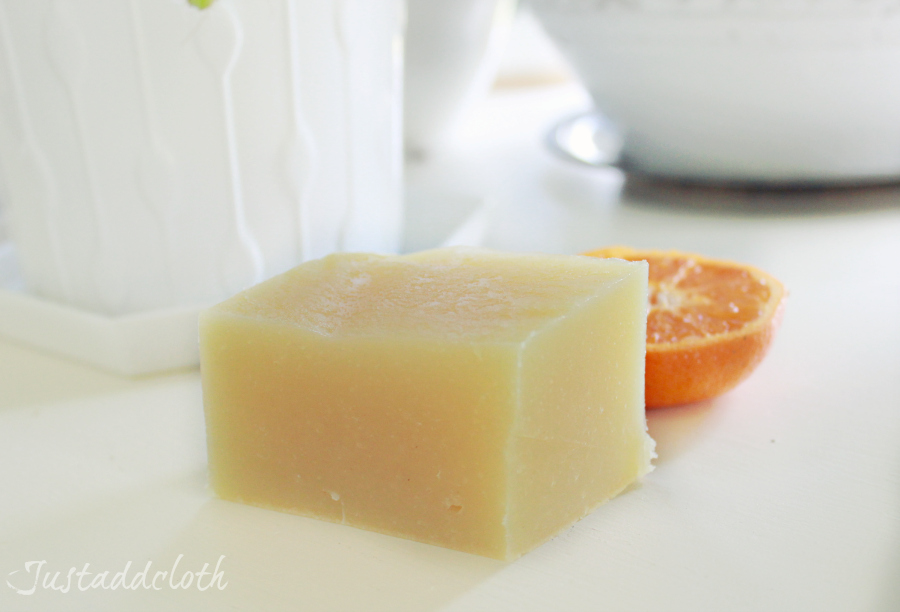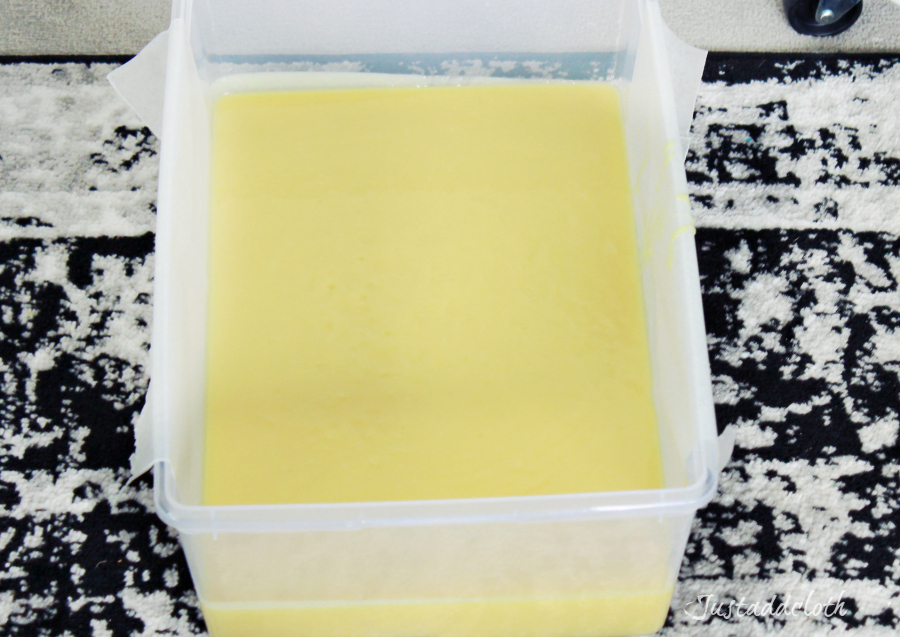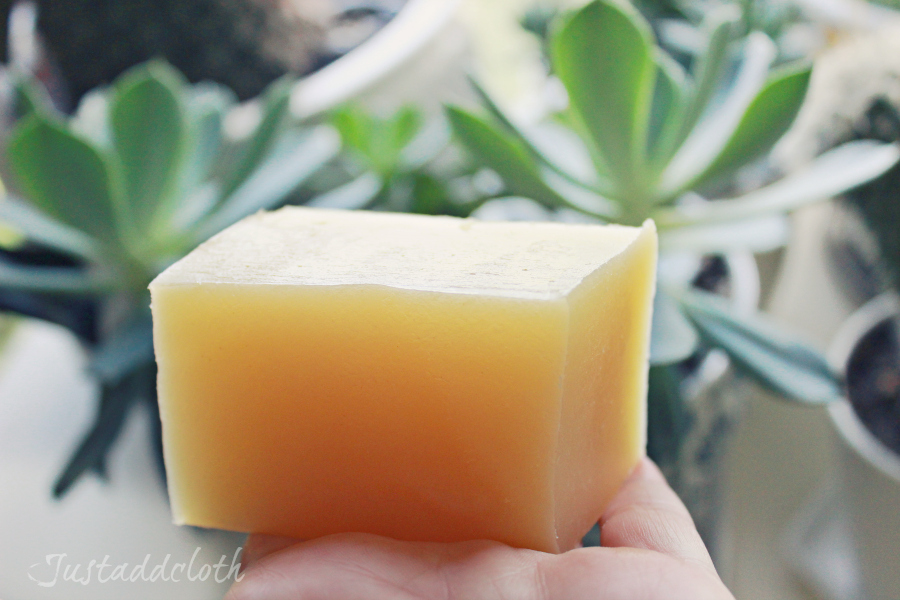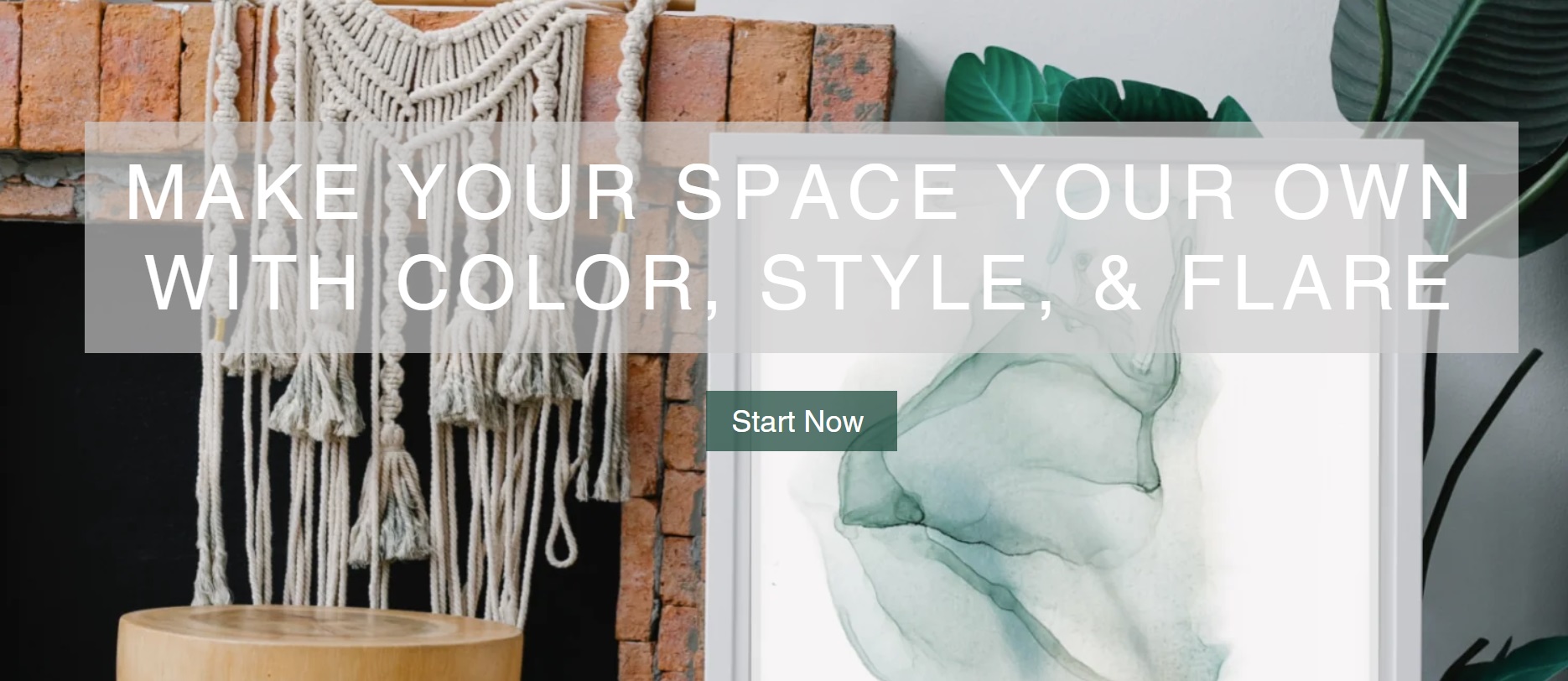
Some trends comes and go, but artisanal small batch soap seems to be one of those things that never lost it’s allure once it gained popularity again in the late 90’s. I love bar soap. I personally feel it gets you cleaner, lasts longer, is more economical, and better for you. Obviously, I can only substantiate the ‘lasts longer’ and ‘more economical’ claims unless I started doing lab studies, but with proper washing techniques, a good old fashioned bar of lye soap gets the job done when it comes to being clean. With a little science and some faith in chemistry, you can create a bar of soap that smells nice, cleans well, and only uses a few ingredients. As a bonus, those ingredients can be things you have heard of and can even identify! I don’t know anyone who can say the same for their bottle of shower gel.
You can go to cute boutiques for soap, or even better, hit up your local farmer’s market for some locally made soap. Personally, I like the crafty street cred I get from making my own soap batches. Especially Lye soap. The bit of danger in handling sodium hydroxide makes many people shy away from making lye soap, so it gives you a bump under the ‘Badass’ section of your crafting resume.
Soap requires precision and quick work. It is a risky hobby as far as artisanal crafting goes. I also do resin work and feel there are some similarities in the chemistry and speed when working. Although, if I mess up a soap batch,I might be able to save it. I can’t say the same for resin.
Moving on……this recipe is very simple and produces a non-drying bar with medium firmness. The scent of orange and mint is pleasant for most people without being overpowering or medicinal smelling. These essential oils are not very expensive and are easy to find, so it is a good starter recipe for someone wanting to get their toes wet in soap making.
Orange Mint Lye Soap
- 25 oz sunflower oil
- 16 oz coconut oil
- 5 oz lye
- 14 oz cold water
- 1/2 of mint oil
- 2 oz orange oil
Wear gloves!
Mix water and lye in a glass bowl using a wooden spoon. As soon as the lye, AKA sodium hydroxide, hits the water, it creates strong fumes, so open a window or turn on a vent hood. It is best to wear gloves when dealing with lye. If you get any lye and water on your skin, quickly flush it with vinegar. Stir the water and lye quickly and make sure it is fully dissolved. Let it sit and cool a few minutes.
Add coconut and sunflower oils to a stainless steel pot and slowly heat until well mixed. Add the water/lye mixture to the pot. Mix well. Let both the oil and lye cool down to about 120 degrees Fahrenheit.
Stirring and tracing. start stirring and keep going until you reach tracing. Since coconut oil is solid at temps below 76 degrees, you will reach “tracing” much more quickly than with using other oils. Tracing is when then mixture has “sapponified” enough that you can trace a slightly visual line over the top of the soap. In an all vegetable soap without coconut oil, this can take several hours of constant stirring with a spoon, when hand stirring. Luckily, I have a stick blender which makes the whole process take about five minutes. I just ran the immersion blender through it until it reached the consistency of a very runny pudding. Once you reach lite tracing, you can add your essential oils for scent, or a moisturizing oil. I added 2 oz of orange oil, and 1/2 oz of mint oil. If you add any more, the mint will greatly overpower the orange. Then go back to mixing. As soon as it is thick enough to consistently trace, STOP. You don’t want it to seize up in the pot.
Once the scent oils are mixed in, pour it all into your soap mold. My soap mold was a plastic tub from Target. Some people like to use cheap litter boxes for soap molds. I suggest lining it with parchment paper or cling wrap before pouring, so you can more easily remove the brick. (Or be all fancy and buy those silicone molds on the internet.)

After pouring, gently tap and and plop your mold a few times to make any air pockets break up. Once you have tapped the mold to get out the air bubbles, cover it and set on an even surface in a warm room. Place in a box, and Cover your box with a blanket or heavy towel. You want it to retain some heat while it sets. Unfortunately, this is where I run into problems. Up here there is no such thing as a warm room between September and June. In cold months, my soaps set very quickly, so I need to pull them out for slicing after only 6-10 hours. In summer on the other hand, the lye soap can take up to 48 hours to set up. Just check your soap every couple hours and test how firm it becomes. I pull out and slice as soon as I am sure the brick will actually come out as an uncompromising brick.
Slice into bars of any preferred size and shape. Then you want a dark, cool, dust free place they can hang out for a couple weeks undisturbed. This is the curing phase. Using a lye soap bar before it has cured, can result in a too soft bar that falls apart in the shower and does not last long. The lye can also irritate your skin if you don’t allow it to cure. Remember, we are playing with chemistry here. Letting it cure, also lets any essential oils that have sweated out to be reabsorbed.
I like to be safe and allow my bars to cure for a full month in a closed linen closet in my basement. I also like to set the bars on a sheet of cardboard or just in a loosely closed cardboard box so that any oils oozing can be absorbed into that instead of pooling on my shelf.

This recipe is clean rinsing. It won’t dry out your skin, but it isn’t meant to be moisturizing either, so don’t expect it to be like a butter bar. It really just serves as a great bath bar for general cleaning. The lack of extra moisturizers make it suitable for household cleaning as well. A lot of people seem to forget that we just used a simple castille soap for general cleaning back in the old days. There is nothing wrong with some simple soapy water as a floor cleaner. Are you ready to give soap making a try?

